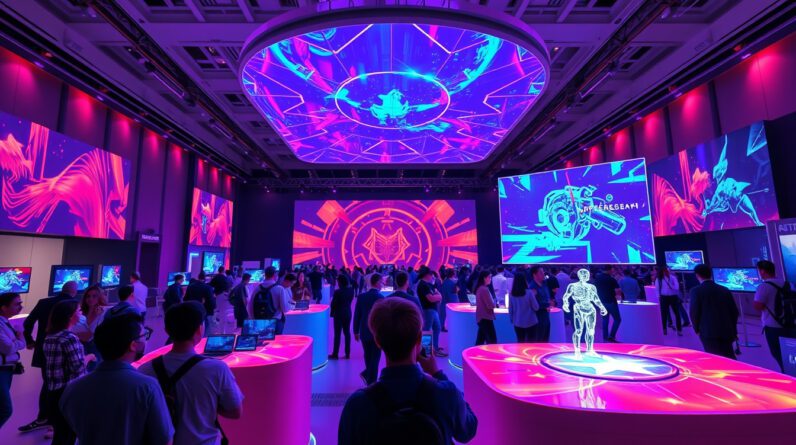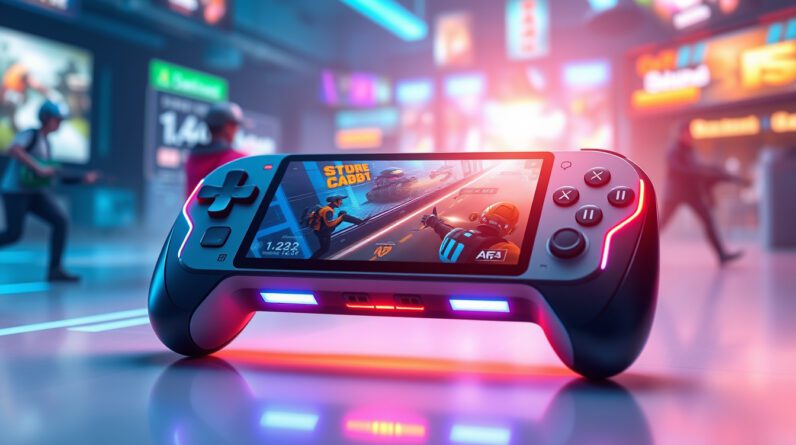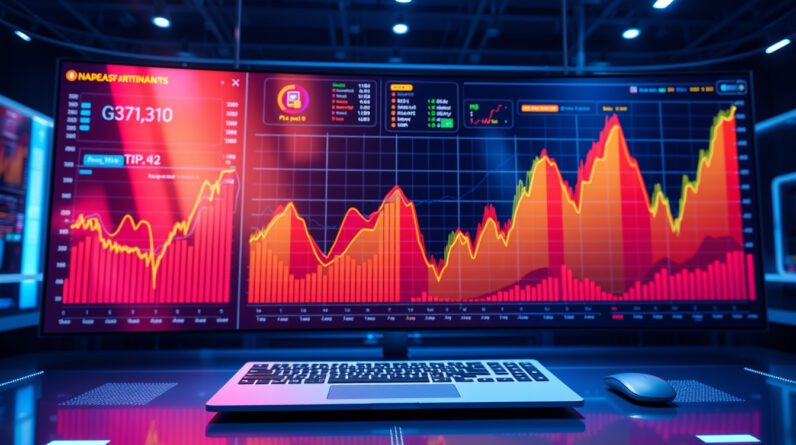
In today’s rapidly evolving technology landscape, the semiconductor industry stands at a critical crossroads. Samsung, one of the global leaders in this arena, is confronting unprecedented challenges presented by the rise of artificial intelligence (AI). Chairman Jay Y. Lee has recently called for a ‘do-or-die’ mindset among the company’s executives, highlighting the urgency of adapting to the growing demands of the AI market amidst fierce competition and supply chain pressures. In this article, we will explore Samsung’s strategy to navigate these challenges, the implications of their approach towards long-term investments, and how the current global semiconductor environment, particularly in relation to exports and competition, plays a vital role in shaping the future of the industry.

Takeaways
- Samsung must adopt a ‘do-or-die’ mindset to effectively tackle AI challenges in the competitive chip market.
- Long-term investments are crucial for Samsung to overcome immediate crises and maintain technological competitiveness.
- Declining semiconductor exports and strict export restrictions highlight the urgent need for strategic adaptations in the industry.
The ‘Do-or-Die’ Approach to AI Challenges
In the rapidly evolving landscape of artificial intelligence (AI), Samsung’s chairman, Jay Y. Lee, has called for a decisive ‘do-or-die’ mentality among executives as the company grapples with significant industry challenges. During a recent training session, Lee underscored the urgent need to navigate the competitive pressures arising from AI, especially as Samsung struggles to meet the stringent requirements set by Nvidia. This struggle has inadvertently paved the way for SK Hynix, which has emerged as a formidable supplier of high-bandwidth memory (HBM) chips, crucial for Nvidia’s AI processing units. Lee’s emphasis on transforming the corporate mindset is particularly timely, given the current crisis surrounding Samsung’s technological competitiveness. He has urged higher management to look beyond immediate profits and adopt a long-term investment approach, recognizing that sustainable growth in the semiconductor sector is increasingly critical. This challenge is further compounded by a sharp 3
1.8% decline in South Korean semiconductor exports to China year-over-year, a reflection of global demand pressures and stringent U.S. export restrictions on advanced semiconductor technologies. As the South Korean semiconductor industry faces persistently declining chip prices and a notable technological transition, Samsung’s strategy will need to align with these market dynamics to regain its competitive edge.
Navigating Supply Chain Pressures and Global Competition
In this context, Samsung’s leadership finds itself at a crucial junction, where innovation and adaptability are paramount. The ramifications of AI development on supply chain dynamics cannot be understated; companies are under immense pressure to enhance their technological capabilities. Lee’s call for a shift in mindset is not merely a reaction to current challenges but also a proactive approach to harness potential opportunities amid adversity. As competition intensifies, especially with SK Hynix gaining traction in the HBM sector for AI applications, Samsung must re-evaluate its strategies. This includes investing in pioneering technologies and fostering collaborations that drive efficiency and market responsiveness. Furthermore, as the semiconductor landscape continues to fluctuate due to geopolitical factors and pricing pressures, focusing on R&D and strategic partnerships will be essential for Samsung to emerge as a resilient leader in the semiconductor space.




